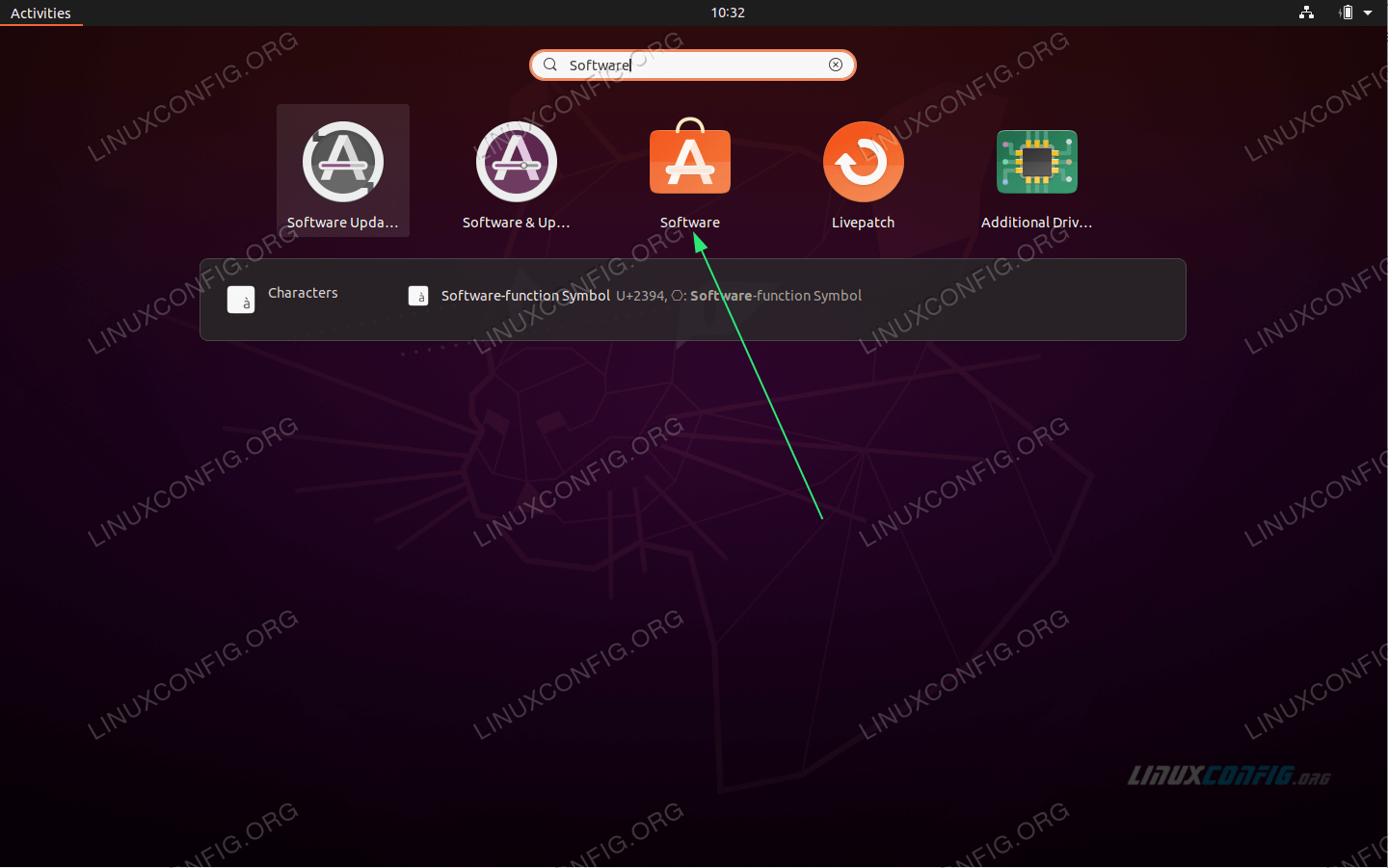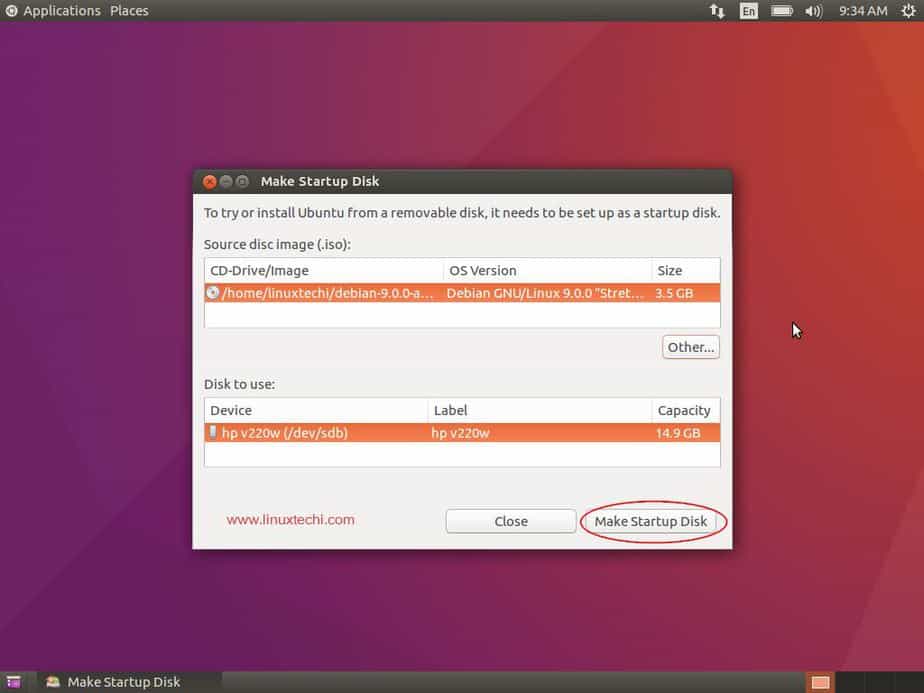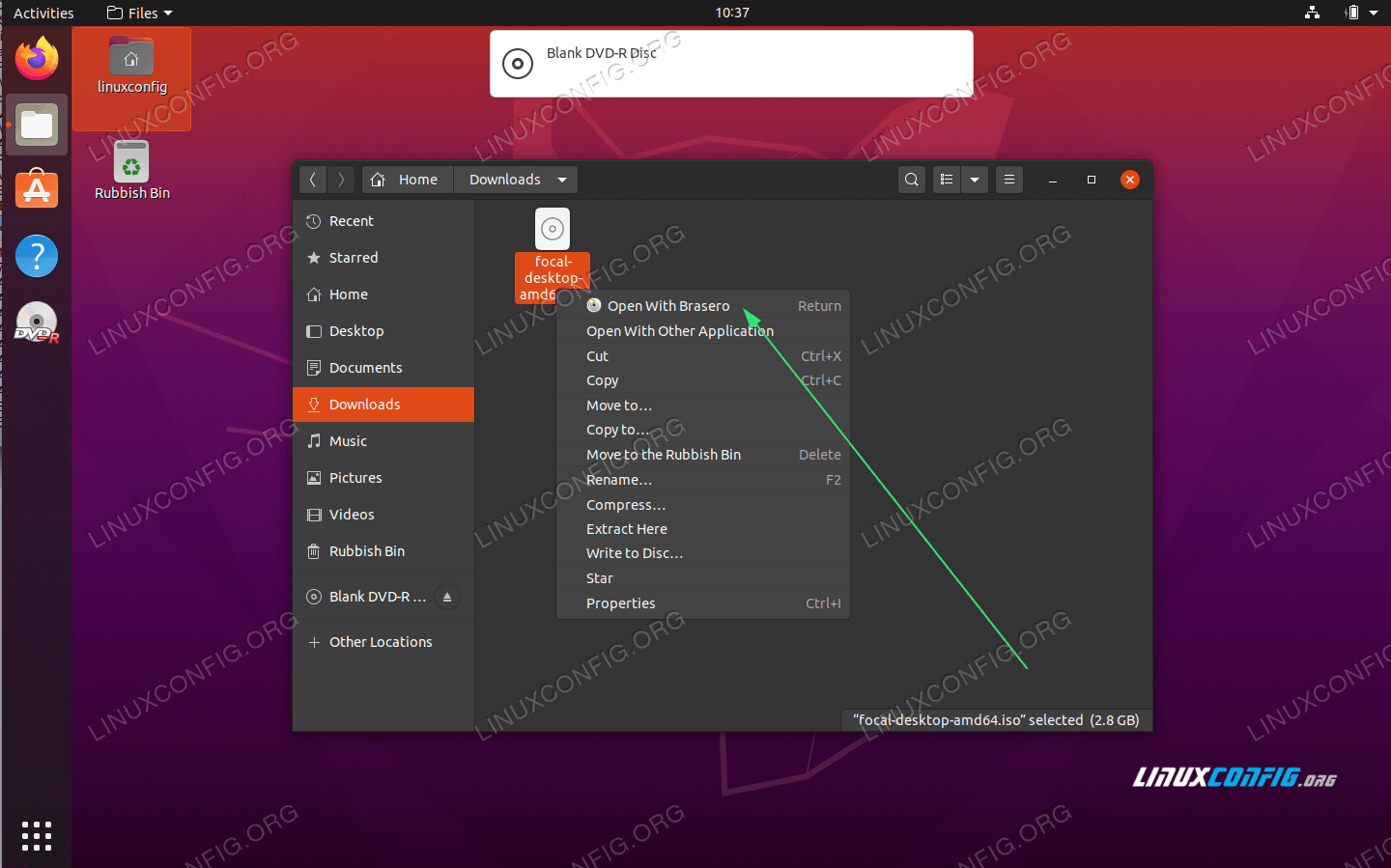

- How to install linux from dvd full#
- How to install linux from dvd iso#
- How to install linux from dvd plus#
- How to install linux from dvd download#
Note: You see in the above output, the package ‘ httpd‘ is installing from CentOS base repository, even if you force yum to install packages from local repository by adding ‘ –enablerepo‘ option, it still uses CentOS Base as its default repo. Install 1 Package (+4 Dependent packages) Note: Did you see in the above output highlighted in red color, that means our local repo is enabled and available to install packages.īut, you will also find multiple repositories are enabled in the above output, if you try to install any package it will take CentOS Base as default repository.įor example, let’s try to install ‘ httpd‘ package using yum command.

Updates-source/7 CentOS-7 - Updates Sources disabled
How to install linux from dvd plus#
Loading mirror speeds from cached hostfileīase/7/x86_64 CentOS-7 - Base enabled: 8,465īase-source/7 CentOS-7 - Base Sources disabledĬentosplus/7/x86_64 CentOS-7 - Plus disabledĬentosplus-source/7 CentOS-7 - Plus Sources disabledĭebug/x86_64 CentOS-7 - Debuginfo disabledĮxtras/7/x86_64 CentOS-7 - Extras enabled: 80Įxtras-source/7 CentOS-7 - Extras Sources disabled Now, check the newly created local repository is available from yum repost list, but before that you must clear the yum cache and verify the local repo. gpgcheck: Check the signature of the packages, before installing them.Ĥ.Enabled: Enabled repository, value ‘1’ means enable and ‘0’ means disable.baseurl: The current location of the packages.Gpgkey=file:///etc/pki/rpm-gpg/RPM-GPG-KEY-redhat-release Gpgkey=file:///etc/pki/rpm-gpg/RPM-GPG-KEY-CentOS-7 On CentOS 7 ~]# vi /etc//centos7.repoĪdd the following lines to it, save and quit the file. Next, create a new local yum repository file under ‘ /etc//‘ using your favorite editor, here I am using Vi editor. rw-r-r- 1 tecmint tecmint 1690 Jul 4 21:31 RPM-GPG-KEY-CentOS-Testing-7 rw-r-r- 1 tecmint tecmint 1690 Jul 4 21:31 RPM-GPG-KEY-CentOS-7 rw-r-r- 1 tecmint tecmint 18009 Jul 4 21:31 GPLĭrwxr-xr-x 3 tecmint tecmint 2048 Jul 4 21:29 imagesĭrwxr-xr-x 2 tecmint tecmint 2048 Jul 4 21:29 isolinuxĭrwxr-xr-x 2 tecmint tecmint 2048 Jul 4 21:29 LiveOSĭrwxr-xr-x 2 tecmint tecmint 581632 Jul 5 15:56 Packagesĭrwxr-xr-x 2 tecmint tecmint 4096 Jul 5 16:13 repodata rw-r-r- 1 tecmint tecmint 611 Jul 4 21:31 EULA rw-r-r- 1 tecmint tecmint 14 Jul 4 21:31 CentOS_BuildTagĭrwxr-xr-x 3 tecmint tecmint 2048 Jul 4 21:29 EFI Once the ‘ cdrom‘ mounted, you can verify the files under /mnt/cdrom using ls command.
How to install linux from dvd iso#
Before creating a local yum repository, insert your CentOS 7 DVD ISO image your CD/DVD drive and mount it using the following commands.įirst, create a empty ‘ cdrom‘ directory under ‘ /mnt/‘ location and mount the ‘ cdrom‘ ( /dev/cdrom is the default name of your device) under ‘ /mnt/cdrom‘ path. Note: For the demonstration purpose, I’ve used RHEL/CentOS 7 DVD ISO image to install Gnome 3, but the same instructions also works on RHEL 7 with minor changes in commands. So that, during GUI installation, the packages are taken from your CD/DVD.
How to install linux from dvd full#
Those who are following CD/DVD method, they must have full RHEL/CentOS 7 DVD ISO (download and burn image to CD/DVD) with them, because we use this image to create a local yum repository. Note: The installation instructions for GUI are same for both methods, but here our main goal is to avoid downloading of packages from internet and minimize time. # yum groupinstall "Server with GUI" īut, those who have a slower connection, they can follow CD/ DVD method, here the packages are installed from your local CD/DVD device, and the installation is much quicker than the first method. The first method is time taking process, as it downloads packages from internet and install it on the system, if you have a fastest internet connection you can simply type the following command on the terminal to install GUI in no time.

How to install linux from dvd download#
Gnome 3) using default base repository, it will download and install packages from Internet.


 0 kommentar(er)
0 kommentar(er)
